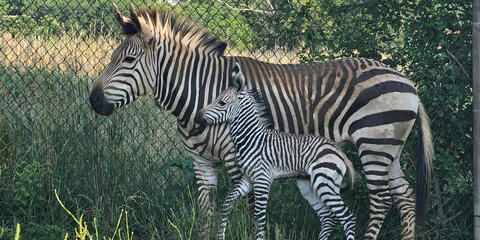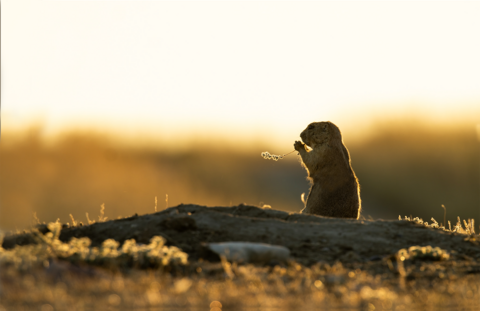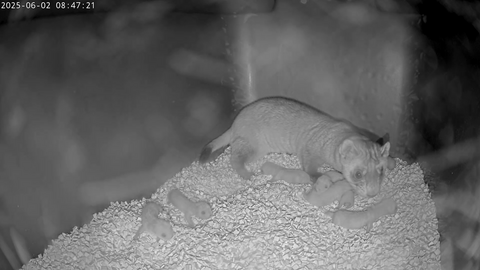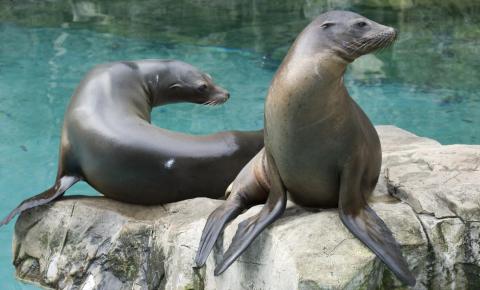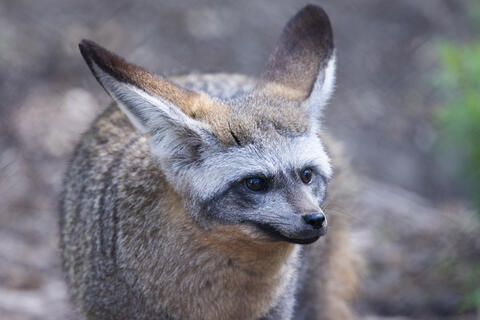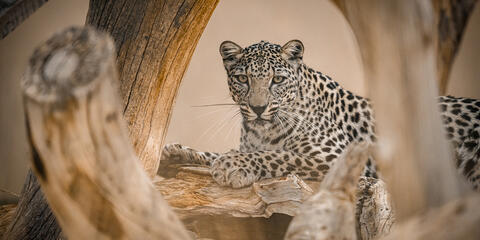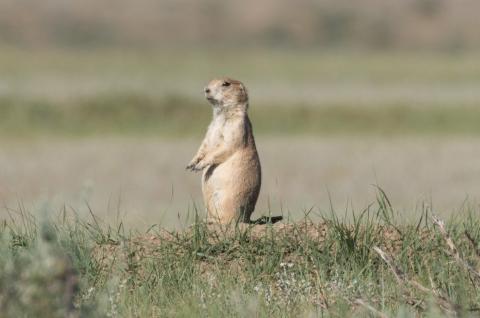News
Displaying 1 - 25 of 2307
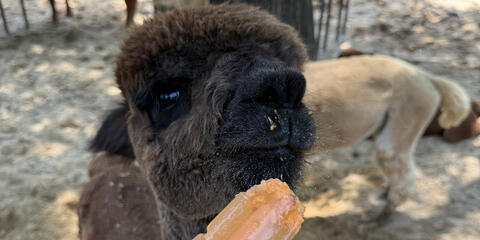
July 22, 2025
Keeping the Farm Animals Cool with Frozen Treats

July 18, 2025
Happy National Zookeeper Week 2025
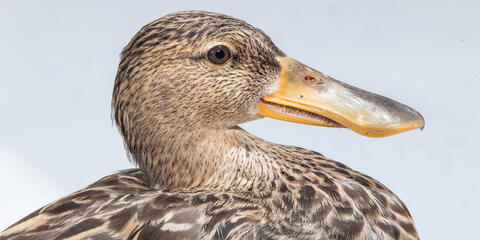
July 14, 2025
Historic Hatching: Northern Shoveler Ducklings
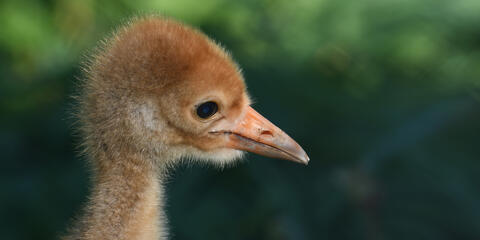
July 14, 2025
Meet Our Rare Whooping Crane Chick
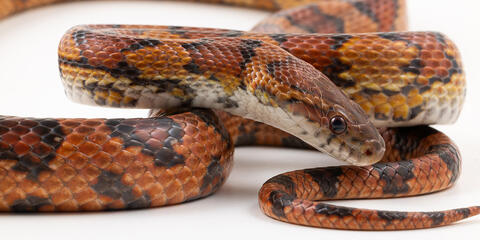
July 02, 2025
How Do Snakes Move Without Legs?
May 29, 2025
Hello, Ducklings! Zoo Welcomes Six Canvasback Babies
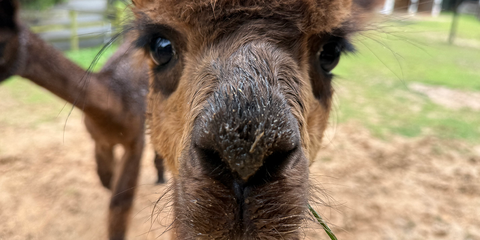
May 28, 2025
Zoo Welcomes Alpacas ‘Rainstorm’ and ‘Coffee Cup’
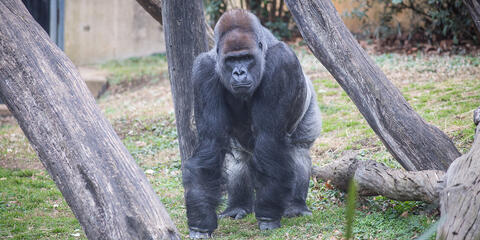
May 19, 2025
Get to Know the Gorilla Troop Living at the Zoo
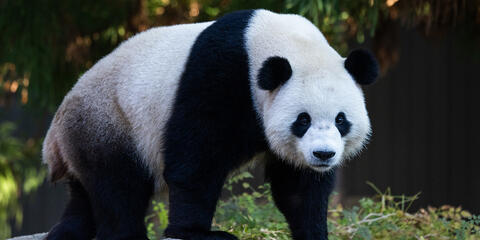
May 16, 2025
#DCPandas: The Bears and the Bleats
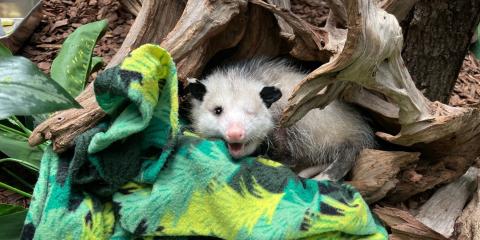
May 06, 2025
Remembering Basil, Our Virginia Opossum
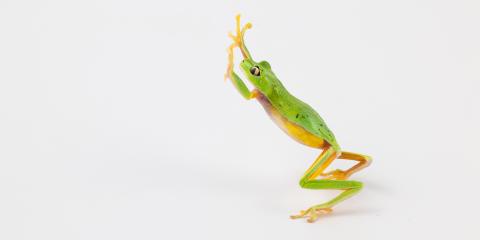
May 02, 2025
Happy Amphibian Week 2025
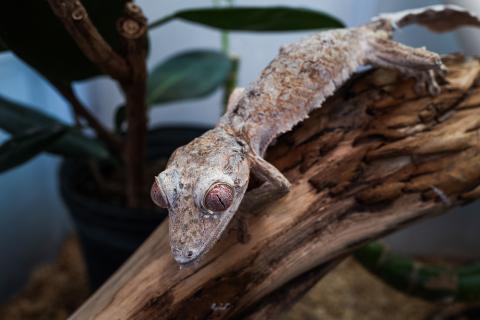
April 17, 2025
Leaf-tailed Gecko Treated for Skin Cancer With Chemotherapy
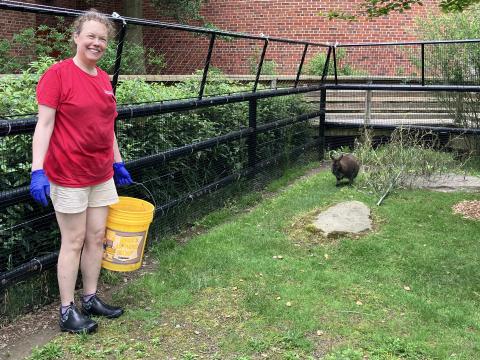
April 11, 2025


